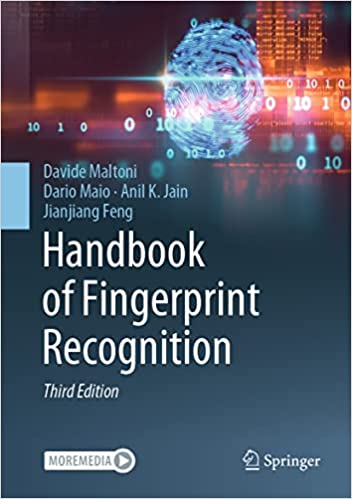

Most ebook files are in PDF format, so you can easily read them using various software such as Foxit Reader or directly on the Google Chrome browser.
Some ebook files are released by publishers in other formats such as .awz, .mobi, .epub, .fb2, etc. You may need to install specific software to read these formats on mobile/PC, such as Calibre.
Please read the tutorial at this link: https://ebookbell.com/faq
We offer FREE conversion to the popular formats you request; however, this may take some time. Therefore, right after payment, please email us, and we will try to provide the service as quickly as possible.
For some exceptional file formats or broken links (if any), please refrain from opening any disputes. Instead, email us first, and we will try to assist within a maximum of 6 hours.
EbookBell Team

4.0
26 reviewsWith their distinctiveness and stability over time, fingerprints continue to be the most widely used anatomical characteristic in systems that automatically recognize a person's identity.
This fully updated third edition provides in-depth coverage of the state-of-the-art in fingerprint recognition readers, feature extraction, and matching algorithms and applications. Deep learning (resurgence beginning around 2012) has been a game changer for artificial intelligence and, in particular, computer vision and biometrics. Performance improvements (both recognition accuracy and speed) for most biometric modalities can be attributed to the use of deep neural networks along with availability of large training sets and powerful hardware. Fingerprint recognition has also been approached by deep learning, resulting in effective and efficient methods for automated recognition and for learning robust fixed-length representations. However, the tiny ridge details in fingerprints known as minutiae are still competitive with the powerful representations learned by huge neural networks trained on big data.Features & Benefits: